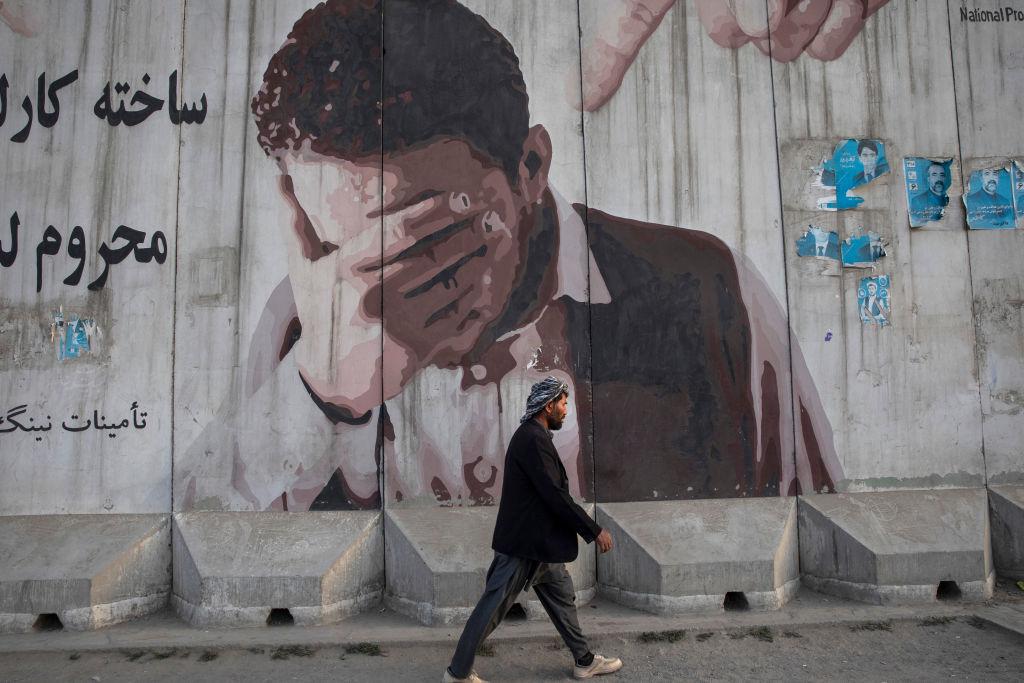The Afghanistan enigma
Posted By Mohammed Ayoob on December 6, 2019 @ 06:00

No one—not the Afghan government, the higher-ups in the Trump administration, or the Taliban leadership—is sure of the course of American policy towards Afghanistan in the immediate future. Only two things in Afghanistan appear to be verifiable. First, according to most estimates, the Kabul government controls [1] only about half the population. The rest is either controlled by the Taliban or contested between the two sides. Second, the result of the presidential elections held in September, in which Chief Executive Abdullah Abdullah was President Ashraf Ghani’s principal challenger, hasn’t yet been announced because of charges of widespread irregularities.
Neither of these facts augurs well for President Donald Trump’s objective of withdrawing American forces as soon as possible. The gradually increasing extent of Taliban control and the discord within the Afghan government mean that the Taliban can afford to wait out both Kabul and Washington. The problem is compounded by the maverick nature of Trump’s pronouncements and policies on Afghanistan.
After a year of protracted negotiations between an American team led by special envoy Zalmay Khalilzad and the top leadership of the Taliban that might have allowed the US an honourable exit from the imbroglio, it appeared that an agreement was within reach. But Trump abruptly terminated the negotiations in September. What was most surprising was that he declared the negotiations ‘dead’ [2] on the eve of a clandestinely arranged visit of the Taliban leadership to Camp David to finalise the deal in the presence of Ghani, who had been unhappy at being cut out from the parleys.
The ostensible reason for cancelling the meeting was a Taliban attack that left 12 people, including an American soldier, dead. The real reason was the difference of opinion between Secretary of State Mike Pompeo, who favoured negotiations with the Taliban, and the then national security adviser, John Bolton, who was firmly opposed to it. At the point when the negotiations were called off, the major issue dividing the two sides was the US’s insistence on an immediate ceasefire and the Taliban’s position that it was willing to negotiate a ceasefire with the Kabul government only after the American forces had withdrawn from Afghanistan.
It seemed that the stalemate would endure indefinitely, although preparations were afoot to reduce the strength of US troops from 13,000 to 8,600 in the near future. However, on an unannounced visit to Bagram airbase outside of Kabul to meet with American troops on Thanksgiving Day, Trump declared to everyone’s surprise that negotiations with the Taliban were back on track [3]. What was even more surprising was that he said that the Taliban ‘wants to make a deal’ and that ‘they didn’t want to do a cease-fire, but now they do want to do a cease-fire’, as demanded by the US.
Those statements were quickly refuted by the Taliban spokesperson, who declared [3], ‘We are ready to talk, but we have the same stance to resume the talks from where it was suspended.’ This statement clearly implied that the talk of an imminent ceasefire was a pipedream and that the Taliban were only interested in an agreement that would lead to a reduction of violence, which would, in turn, allow the US to withdraw its troops without loss of face. In essence, this meant going back to the draft agreed upon between Khalilzad and the Taliban leadership in September that they were expected to formalise at the Camp David meeting.
Even the State Department was caught off guard by the president’s statement. An administration spokesman said, ‘We are restarting talks with the Taliban. The focus will be on reducing violence.’ This statement fell well short of Trump’s far more buoyant pronouncement that the Taliban were on the verge of agreeing to a ceasefire.
These conflicting statements demonstrate the confused nature of American policy on Afghanistan. The lack of consensus and clarity in the administration is partially responsible for this absence of direction. The difference between the Kabul government, which wants an immediate ceasefire, and the Khalilzad approach, which seeks an agreement with the Taliban that facilitates the withdrawal of American troops without insisting on a ceasefire, has also been responsible for holding up the final phase of negotiations. And Trump’s highly personalised and impulsive decision-making style has had all parties on tenterhooks, with no one absolutely certain as to how the chips will finally fall.
The net result of all this is that negotiations, or what seem to pass for them, are dragging on. Precious time is being wasted on internal bickering in Washington as well as between Kabul and Washington. While it’s possible that Trump’s optimism about a deal with the Taliban may turn out to be correct, all objective indicators suggest that’s unlikely.
Article printed from The Strategist: https://aspistrategist.ru
URL to article: /the-afghanistan-enigma/
URLs in this post:
[1] controls: https://www.nytimes.com/2019/05/01/world/asia/us-afghanistan-territory-taliban.html
[2] declared the negotiations ‘dead’: https://www.bbc.com/news/world-us-canada-49642655
[3] back on track: https://www.washingtonpost.com/national-security/trumps-talk-of-afghanistan-cease-fire-appears-to-surprise-the-taliban-afghan-government/2019/11/29/3a661a34-12d1-11ea-b0fc-62cc38411ebb_story.html
Click here to print.